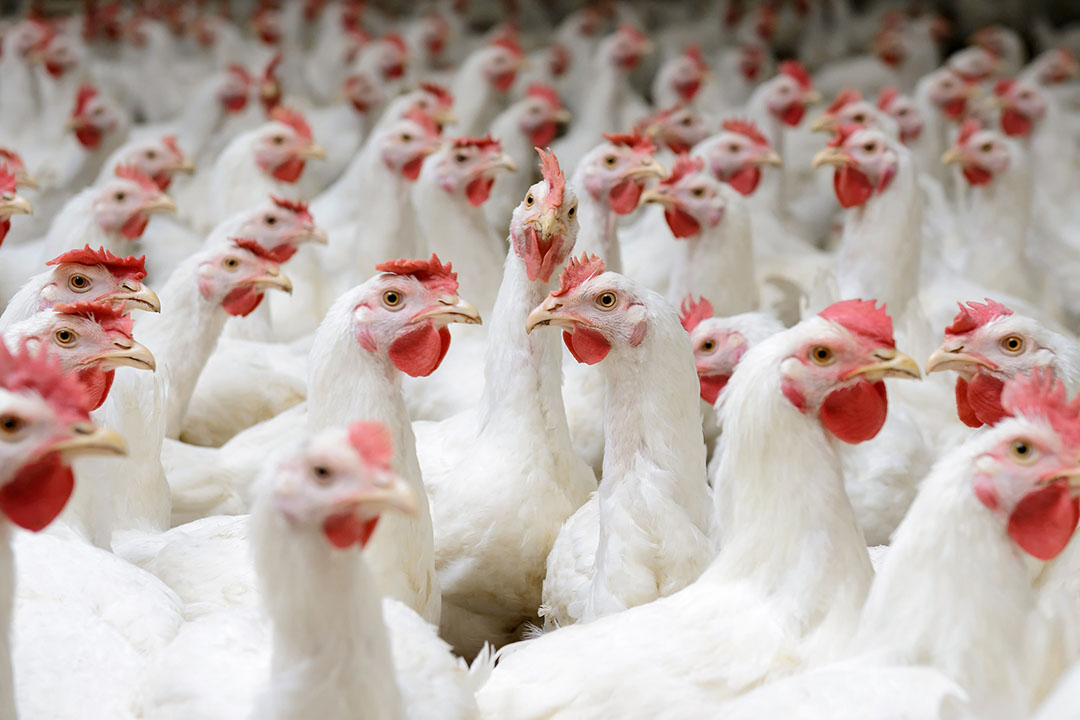Focus on animal well-being to support AB reduction

In order to reduce the use of antibiotics, botanical active ingredients have become increasingly essential for maintaining the performance and efficiency of livestock farms. The aim of these active ingredients is to consistently enhance animal well-being and performance.
Each year, 700,000 people die due to antimicrobial resistance (AMR). The scientific community estimates that 10 million people will die by 2050. This global public health issue has become so critical that WHO drafted a worldwide action plan in 2016 to combat AMR. Its 4th strategic objective is to optimise the use of antimicrobial medicines in human and animal health. Over the course of 10 years, the use of antibiotics in human medicine has soared by 40%. And veterinary medicine is no exception, with 80% of antibiotics sold in Europe in 2015 destined for livestock production.
Since the 1950s, the use of antibiotic growth promoters (AGPs) in animal feed has improved the health conditions, growth rates and feed efficiency of intensive farming operations. The emergence of AMR in humans was first seen in Europe in 1972, when the use of tetracycline, penicillin and streptomycin was banned in animal production. Sweden was the first country to prohibit all AGPs in 1986, and in 2006 the European Union announced a total ban.
As a result, alternatives were developed and introduced, such as enzymes, acids, pre- and probiotics, and even essential oils, to maintain livestock performance. To be acceptable, however, any chosen alternative must fulfil two conditions for efficacy. It must demonstrate a clear and coherent mode of action and consistent results
A clear and coherent mode of action
Essential oils are most often used for their bacteriostatic properties. They can damage the cell membrane or the cytoplasmic membrane, causing cell contents to leak. They can also coagulate cytoplasmic proteins or even block the cell’s energy metabolism. Nevertheless, their minimum inhibitory concentration (MIC) remains very high, making it impossible to use them in feedstuff at such high concentrations to achieve similar benefits of antibiotics in therapeutic doses.
The mode of action of essential oils in livestock feed is thus not primarily based on these bacteriostatic properties. Upon closer examination, the same is true for antibiotics used in low doses as growth promoters. The doses used are too low for a simple bactericidal effect. Still, this mode of action remains incomplete.
The literature on essential oils shows somewhat variable results with regard to animal performance. Some authors observe similar or even greater effects than those obtained with AGPs. While others observe little to no effect. Manufacturers of essential oil-based solutions must, therefore, implement standardisation strategies for their products and establish proof of consistent results to satisfy the animal.
Consistent results
Because no single method of demonstrating product efficacy is perfect, proof must be gathered from complementary sources, as follows:
- Trials carried out at experimental stations that make it possible to model and standardise responses but that are hardly representative of the complex realities in the field
- Multiple trials under various market conditions that are representative of the different challenges faced by the animals but for which questions remain with regard to statistical inference
- A meta-analysis that provides a powerful statistical analysis as well as being representative of the various challenges on the ground.
Phodé has developed a neuro-sensory solution, a blend of essential oils that broadens the spectrum of action, reinforced by a combination of spices. This complex blend restores balance to the microbiota, which sends positive signals along the microbiota-brain axis. This helps the animals to feel better and produce better results.
An example of meta-analysis
The efficacy of this blend has been proven in 25 trials. These trials were conducted in Europe, Canada, the US, Latin America and Asia, including 11 on commercial farms and 14 at experimental stations. A meta-analysis of these trials compares growth performances and feed efficacy in chickens under various conditions, with and without AGPs. Conducted by Université de Laval in Canada, this work was presented at the Poultry Science Association Annual Meeting in Montreal last July (Figures 1, 2 & 3).
Figure 2 – Oleobiotec poultry and AGP treatment have similar effect on feed conversion ratio (FCR).

Figure 3 – Oleobiotec poultry and AGP treatment have similar effect on average daily weight gain (%).

This meta-analysis offers a unique focus on a major determining factor in the response of essential oils-based products, that being the level of challenge experienced by the animal. This study proposes a challenge acuity index (CAI). This indicator demonstrates that the effects of the essential oil-based product were even more significant with a high challenge level at the beginning (Figure 1).
Figure 1 – Negative correlation of Feed Conversion Ratio (FCR) and Challenge Acuity Index (CAI).

The meta-analysis also helps to determine the average effects of the product on indicators such as daily weight gain (DWG), which increases an average of 2.8+0.70% (P<0.001; r>2=65%), or the feed conversion ratio (FCR), which drops by 3.6±1.2% (P=0.006; R2=56%). The meta-analysis reveals absolutely no significant difference in efficacy between the tested product and an AGP.
Making animals the focus of production
To help animals respond more consistently to plant extracts, products must offer a complex formulation, given the various and complex challenges they face. One solution is to reinforce the essential oil blends by adding spices which clearly boost this complexity as well as strengthen the animal’s digestive capacities in particular. Thanks to these complex solutions, the animal is once again the focus of production and livestock farms are able to make the shift embraced by so many countries to reduce antibiotics in animal feed.
The future of AGPs is increasingly uncertain, with the risk of certain molecules being banned, especially in the US and internationally. As a result, botanical active ingredients have become more and more essential to maintaining the performance and efficiency of livestock farms, provided, however, that these active ingredients consistently enhance animals’ well-being and performance.
Authors: Jean-François Gabarrou, Scientific Manager Animal Care, and Guillaume Desrousseaux, Market Manager Animal Care, Phodé, France







